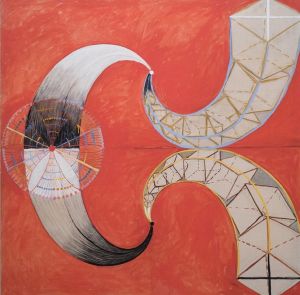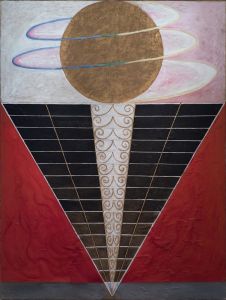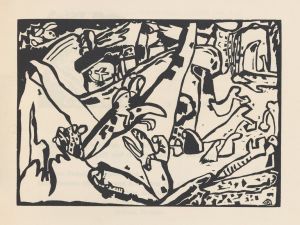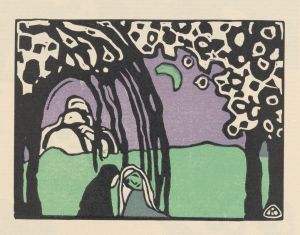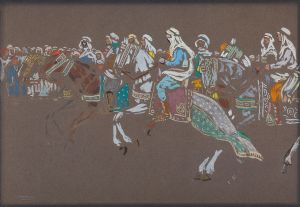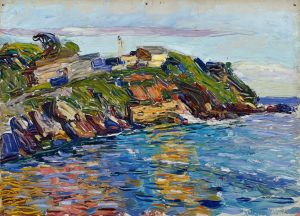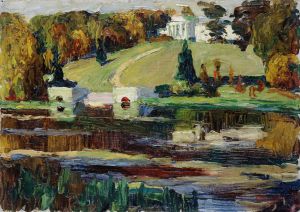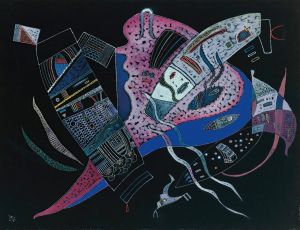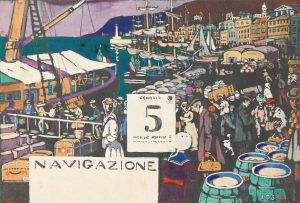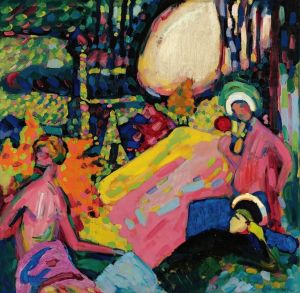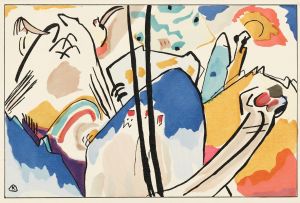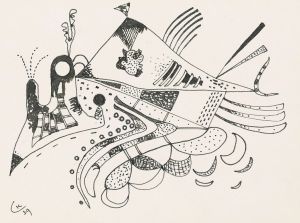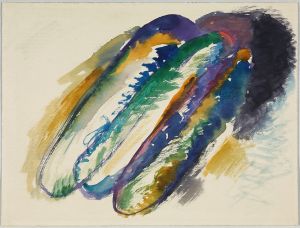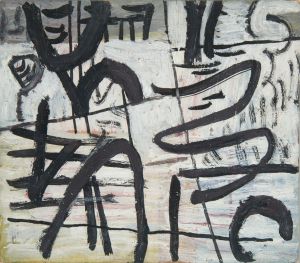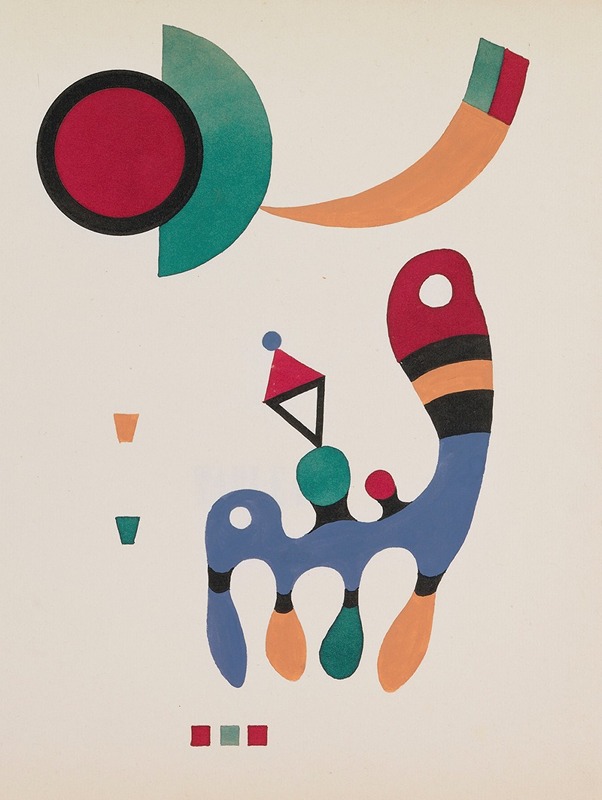
11 tableux et 7 poèmes
A hand-painted replica of Wassily Kandinsky’s masterpiece 11 tableux et 7 poèmes, meticulously crafted by professional artists to capture the true essence of the original. Each piece is created with museum-quality canvas and rare mineral pigments, carefully painted by experienced artists with delicate brushstrokes and rich, layered colors to perfectly recreate the texture of the original artwork. Unlike machine-printed reproductions, this hand-painted version brings the painting to life, infused with the artist’s emotions and skill in every stroke. Whether for personal collection or home decoration, it instantly elevates the artistic atmosphere of any space.
Wassily Kandinsky, a pioneering figure in abstract art, is renowned for his innovative approach to painting and his theoretical contributions to the understanding of art. However, there is no specific artwork titled "11 tableux et 7 poèmes" attributed to Kandinsky. It is possible that this title may refer to a collection or a specific exhibition that combined visual art and poetry, reflecting Kandinsky's interest in the synthesis of different art forms.
Kandinsky was born on December 16, 1866, in Moscow, Russia, and he initially pursued a career in law and economics. It wasn't until he was 30 years old that he decided to fully commit to art, moving to Munich to study painting. His early works were influenced by Impressionism and Post-Impressionism, but he gradually moved towards abstraction, seeking to express spiritual and emotional experiences through color and form.
One of Kandinsky's key contributions to art is his exploration of the relationship between visual art and music. He believed that painting could evoke emotions in a manner similar to music, an idea that he explored in his theoretical writings, such as "Concerning the Spiritual in Art" (1911). This text outlines his belief in the spiritual power of art and the artist's role in society as a visionary.
Kandinsky's work is characterized by its bold use of color, dynamic compositions, and abstract forms. He was a founding member of the Blue Rider (Der Blaue Reiter) group, which was formed in 1911 with fellow artist Franz Marc. This group sought to transcend the traditional boundaries of art by emphasizing the emotional and spiritual aspects of artistic expression.
Throughout his career, Kandinsky's style evolved from representational art to pure abstraction. His paintings often feature geometric shapes, lines, and vibrant colors, creating a sense of movement and rhythm. Works such as "Composition VII" (1913) and "Yellow-Red-Blue" (1925) exemplify his mature style, where he masterfully balances form and color to create harmonious compositions.
Kandinsky's influence extended beyond painting; he was also a significant figure in art education. He taught at the Bauhaus school in Germany from 1922 to 1933, where he developed his ideas on the integration of art, architecture, and design. His teachings and writings have had a lasting impact on modern art and design education.
Despite the lack of specific information on "11 tableux et 7 poèmes," Kandinsky's legacy as a pioneer of abstract art is well-documented. His innovative approach to painting and his theoretical contributions have inspired generations of artists and continue to be studied and celebrated in the art world today.





